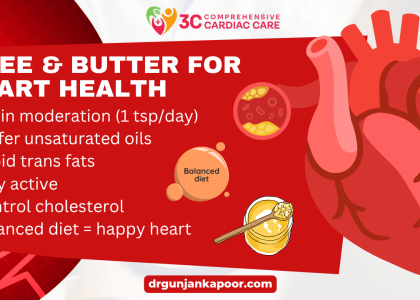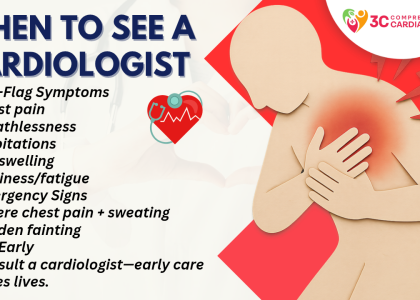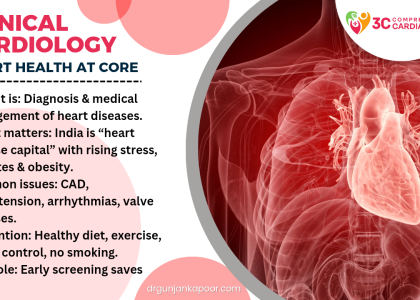Angioplasty vs. Bypass Surgery: What’s the Difference?
When it comes to treating blocked heart arteries, two terms often come up: angioplasty and bypass surgery. While both aim to restore healthy blood flow to the heart, they differ significantly in approach, recovery, and long-term impact.
Understanding the differences, pros, and cons can help you make informed choices or support a loved one through treatment.
What Is Angioplasty?
Also called Percutaneous Coronary Intervention (PCI), angioplasty is a minimally invasive procedure to open narrowed or blocked coronary arteries using a balloon and often a stent.
How It Works:
-
A catheter is inserted, usually through the groin or wrist.
-
A balloon is inflated at the blockage site to widen the artery.
-
A stent (mesh tube) may be placed to keep the artery open.
✅ Pros:
-
Less invasive
-
Shorter hospital stay (usually 1–2 days)
-
Faster recovery (about a week)
⚠️ Cons:
-
May not be suitable for multiple or complex blockages
-
Possibility of re-narrowing (restenosis)
-
Risk of needing repeat procedures
What Is Bypass Surgery?
Also known as Coronary Artery Bypass Grafting (CABG), this is a major open-heart surgery. It involves creating a new route (bypass) for blood to flow around blocked arteries using a vessel from another part of your body (usually the leg, chest, or arm).
️ How It Works:
-
The chest is opened via a sternotomy.
-
The heart may be stopped and connected to a heart-lung machine.
-
Surgeons graft one or more new blood vessels to “bypass” the blockages.
✅ Pros:
-
Best for severe, multiple, or complex blockages
-
Long-term relief of symptoms
-
Lower chance of repeat procedures
⚠️ Cons:
-
Major surgery with a longer hospital stay (5–7 days)
-
Recovery takes 6–12 weeks
-
Higher initial risk, especially in older or sicker patients
Which One Is Right for You?
Angioplasty may be best if:
-
You have mild to moderate blockage
-
You’re at higher risk for surgery
-
You need quick recovery
Bypass may be best if:
-
You have diabetes, multiple blockages, or left main artery disease
-
You want long-term relief
-
Angioplasty has already failed
Tests to Determine Eligibility:
-
ECG (Electrocardiogram)
-
Angiogram
-
Stress test
-
Echocardiogram
-
Heart CT scan
Final Thoughts: Choose Heart-Smart ❤️
Both angioplasty and bypass surgery save lives, but the right procedure depends on your condition, risks, lifestyle, and doctor’s advice. Always consult a cardiologist or cardiac surgeon to evaluate your options.










Dubai based matches share city-specific lifestyles.